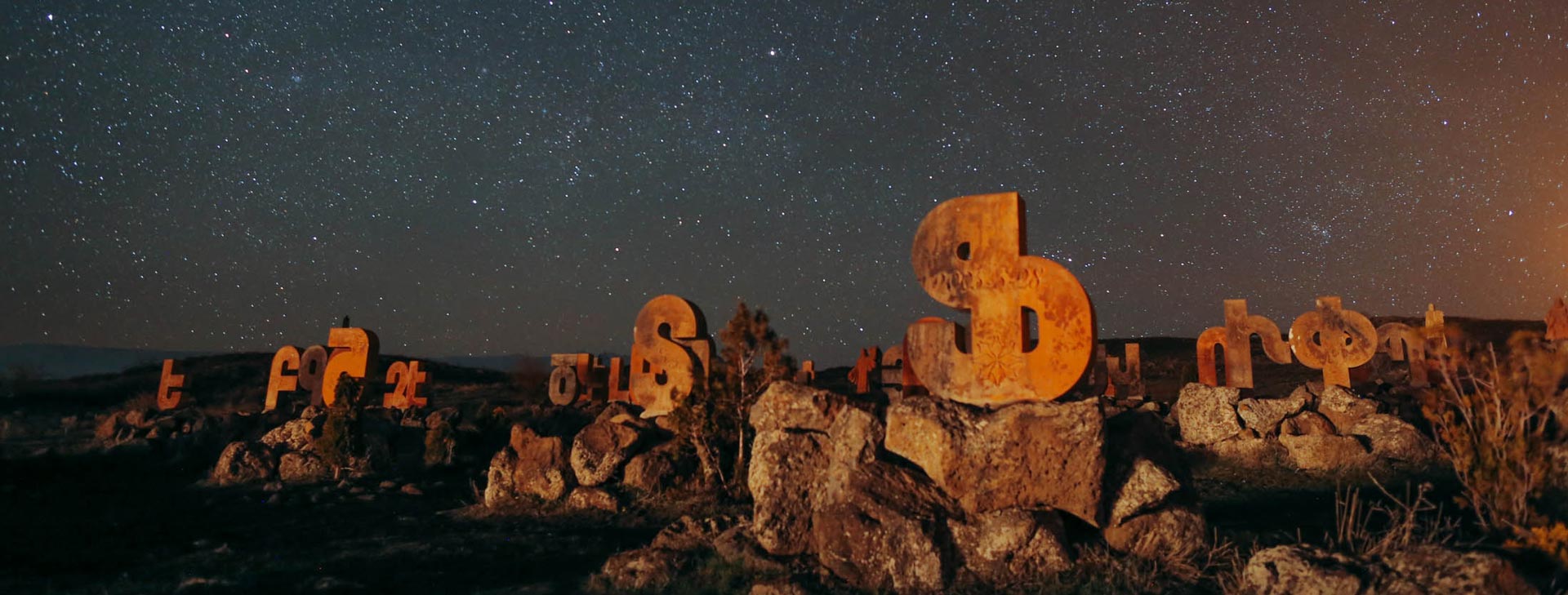Armenia. A country whose rich history is 3000 years old. A land that has witnessed many historic events, suffered and struggled a lot. But most importantly, it survived everything and has not lost its face. Let us introduce you to the important pages of Armenian history!
The very beginning of history can be found in the realm of Urartu. It was located in the Armenian highlands between the Black and Caspian Seas, between the three lakes Van, Sevan and Urmia. Urartu existed in the 9th-7th centuries BC. The largest Armenian kingdoms were Orontides, Bagratides, Rubenids, Artaxids, Arsacids, Kingdom of Kilikia.
A turning point in Armenian history is the adoption of Christianity in the year 301. Armenia is the first country in the world to recognize Christianity as a state religion. Throughout history, Armenia has tried to preserve its religion, language and culture over and over again, it was attacked and fought for independence.
One of the bloodiest and most painful pages in history is the genocide of Armenians in 1915. The Young Turks killed around 1.5 million Armenians in Western Armenia. That was the first genocide of the 20th century. Today, 7 million Armenians live abroad, while only 3 million live in Armenia itself. The largest Armenian communities are in Russia, USA and France.
During the modern history, we may speak of three Armenian states: the First Republic (the Democratic Republic of Armenia, 1918-1920), the Armenian Soviet Socialist Republic (1920-1991) and today's Republic of Armenia, which is already 28 years old. Armenia is a parliamentary republic today with Yerevan as the capital.
Another sad period of the history is December 7, 1988 - the earthquake in Spitak killed about 25,000 people, leaving hundreds of thousands of people homeless. The cultural capital of Armenia, Gyumri, as well as other cities in this area, carry the consequences of this earthquake till present.
In April 2018, large-scale demonstrations against the Republican Party and the election of Serzh Sargsyan as Prime Minister took place throughout Armenia. For weeks, all roads and paths were blocked. The opposition leader Nikol Pashinyan led the peaceful movement. In the end, democracy won and on April 23 Serzh Sargsyan resigned. On May 8, Nikol Pashinyan became prime minister. Although the country still faces great challenges and not all problems have been solved, the Velvet Revolution was an important step towards the democratic constitutional state.
In Armenia, each building can tell about the fascinating sides of the past. From ancient manuscripts to the pagan temple Garni and medieval churches: all this is part of human history.










